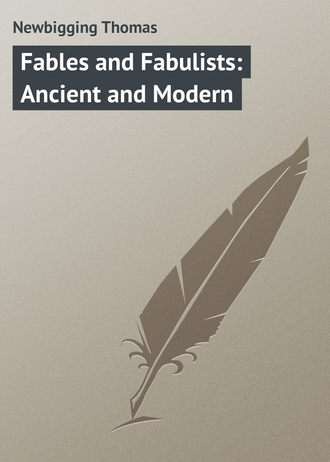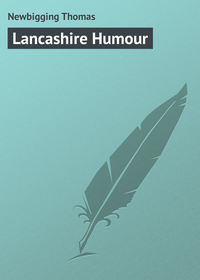 полная версия
полная версияFables and Fabulists: Ancient and Modern
56
Preface, 'Fables,' 1668.
57
Byron.
58
Scott's 'Lay of the Last Minstrel.'
59
The opposite of this has been said, but without good reason. The number and variety of his productions attest his industry.
60
It has been suggested, that Dr. Johnson and Goldsmith were the 'authors,' and Goldsmith the 'learned friend.' See the preface by Edwin Pearson to the 1871 edition, of Bewick's 'Select Fables of Æsop.'
61
Northcote's grammar is at fault here.
62
Bouterwick's 'History of Spanish Literature,' book iii., chap. iii.
63
London: Remington and Co., 1883.
64
London: Strahan and Co., 1868. A second edition appeared the year following.
65
Peasant.
66
'The Tatler,' No. 115, vol iii., p. 7.
67
Mr. Joseph Jacobs, in his erudite 'History of the Æsopian Fable,' shows that this was a mistake on the part of Maria de France, and that the author of the work from which her translation was made was not the King, but 'Alfred the Englishman,' who flourished about A.D. 1170.
68
Vanbrugh, the architect, noted for the solidity of the structures he designed, and on whom the epitaph, one of the best epigrams ever penned, was proposed:
'Lie heavy on him, Earth, for he Laid many a heavy load on thee.'
69
London: Swan Sonnenschein, Lowrey and Co.
70
Krilof's Ass and Nightingale bears some resemblance to the fable here given; but, instead of the cuckoo, the cock is one of the competitors.
71
'The Baby's Own Æsop;' the fables condensed in rhyme by W. J. Linton. Routledge, 1887.
72
'Æsop's Fables,' translated from the Greek by the Rev. George Fyler Townsend, M.A. Routledge.
73
'A Defence of Poesie.'


